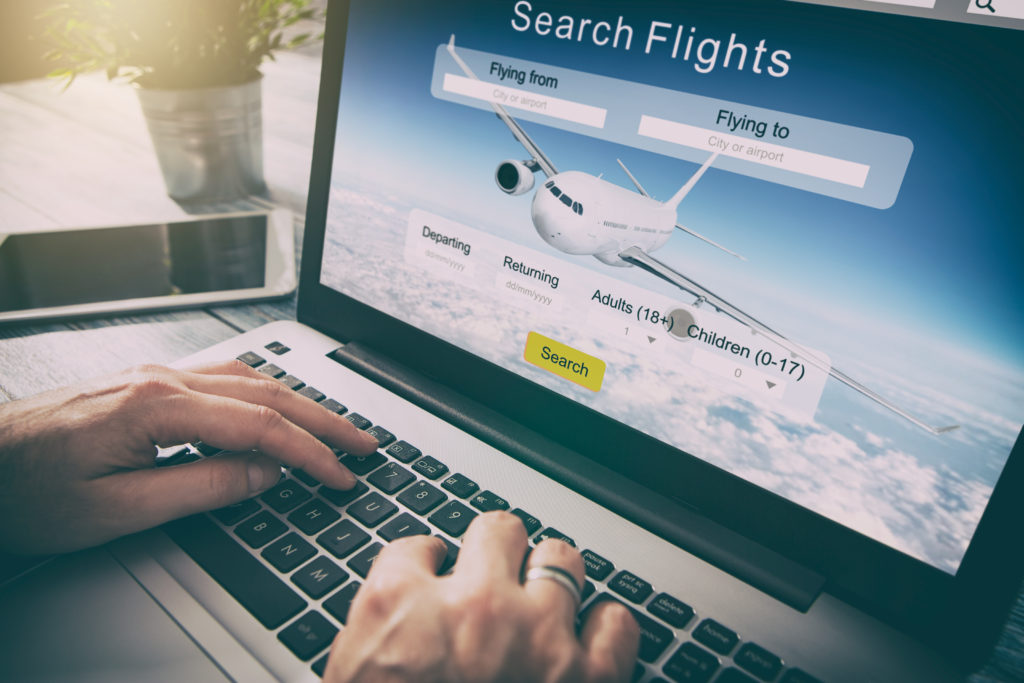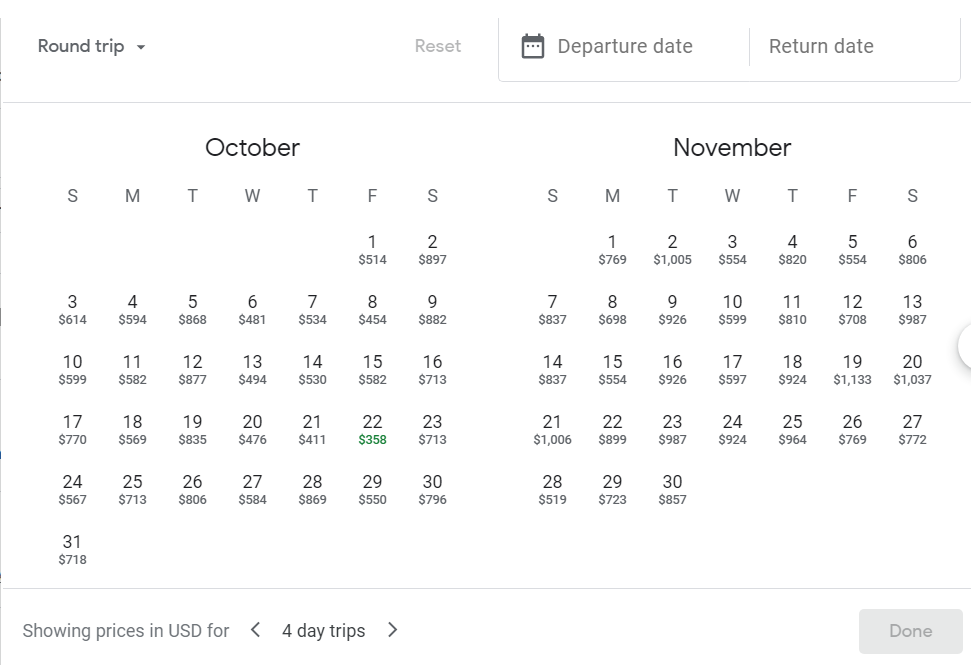Have you ever wondered why there are so many different prices for airfare?
Airlines work hard to keep their pricing algorithms a secret in the hopes that flyers won’t know they can get a ticket for cheaper. We’ll pull back the curtain and show you why there’s so much variance on price, why airfare is a better deal now than ever before, and how to use your knowledge to save you some serious dough on your next flight.
Why Does Airfare Vary So Much?

If it seems like the price for a ticket changes by the hour, you’re not imagining things. The dynamic prices are an important part of an airline’s ability to maximize revenue.
The flight experts at Scott’s Cheap Flights shared some inside information about how this airfare strategy works. Primarily, airlines have found they can make more money by offering a wide range of price points. Member Operations Specialist Willis Orlando illustrates with this example:
“Airlines will hold certain economy seats, for example, at a higher price point, assuming that there is a certain portion of consumers who will pay the higher price for the seat because they absolutely must take this flight or because their employer is footing the bill,” he says. “At the same time, they’ll offer another portion of tickets at a lower price to try to entice those much more highly price-sensitive leisure travelers to fill the plane.”
The pricing strategy is heavily reliant on algorithms, which constantly adjust.
“Airlines use complex algorithms to constantly evaluate how many seats they’ve sold at which prices and re-price the remaining seats accordingly in a never-ending attempt to maximize revenue,” says Orlando. “This can result in prices that literally change by the hour.”
Dynamic pricing doesn’t just benefit the airline. It benefits the consumer, too. Airfare that varies so much also means there are incredible, low fares available.
“Airlines may actually theoretically lose money on economy cabin ticket sales, but those losses tend to be offset by premium cabin fares,” says Orlando. “In addition, those ticket sales create opportunities for upgrades, credit card sales, and ancillary purchases that make up a huge portion of their revenue.”
Related: What Is Travel Hacking—and Should You Be Doing It?
Budget Airlines Help Drive Down Prices
Competition from budget airlines in the last twenty years has driven down prices for all airfare. These budget airlines, or low cost carriers (LCCs), have figured out how to cut costs and offer lower fares. They run more efficient aircraft, offer fewer services and comforts, and cram more seats into an aircraft.
The low cost carrier (LCC) model offers customers a very low fare for the flight itself, but charges for ancillary purchases, such as seat selection, baggage, and snacks.
The increasing popularity of low cost carriers not only helps make air travel more accessible, but also helps drive down prices for legacy carriers. A report from IATA revealed LCCs doubled their market share from 2004 to 2018 and now represent nearly 30 percent of all seats available globally.
To compete with the LCC model, legacy airlines introduced “basic economy” on their flights. Basic economy fares, much like the fares on an LCC, don’t include baggage, offer seats toward the back of the airplane, and are often non-refundable. For the right traveler, it’s perfect.
Related: Which Airlines Are Allowing Free Changes to Basic Economy Tickets?
Ancillary Fees Also Drive Down Airfare
The LCC model allows for airlines to make up for lost revenue on fares by charging for things like baggage, seat selection, and meals. These ancillary services represent a significant amount of revenue for the airlines.
With airlines making so much money on these additional revenue sources, they can slash prices on tickets. The result is fares that are more competitive than ever before. Flights for $300 to Europe are not uncommon.
Related: 8 Hacks for Scoring a Cheap Business Class Ticket
How Fare Wars Work
A fare war is another reason you’ll see ticket prices plummet. A fare war occurs when two or more airlines compete on the price of an airline ticket. A single carrier will offer a fantastic sale on select routes and start generating revenue. To compete, the other carriers will slash prices on similar routes to get in on the game. The first airline will come back with a slightly lower price to win the pricing game, then the second will adjust theirs lower, and so on until an airline cannot tolerate fares going any lower.
The easy way to get a deal on a fare war is to check prices on a comparison search engine, like Google Flights. If you slide over the button to track prices on a particular flight, you’ll automatically be notified when the price comes down.
- Pro tip: If it’s a significant sale, you’ll want to act quickly. If you wait for the fare war to lower the price further, you may end up missing out altogether. Keep track of prices and snag that airfare when you know it’s a steal.
Tips for Getting a Deal on Airfare
- If you’re able, be flexible with your travel dates. You can search Google Flights’ calendar feature to find the lowest fares. Google makes it pretty easy by highlighting the least expensive fares in green. Here’s an example of fares from Denver to Iceland, which range from $362 to $787.

- Wait and watch for a deal to come up. Consider subscribing to an airfare deal alert system, like Airfarewatchdog’s, so you know when your destination goes on sale. If the closest airport to you isn’t a major hub, you’ll still want to check the prices going out of your airport as they’re often on sale at the same time. Popular destinations go on sale frequently, so if you’re looking early enough, you should see a really good sale every month or two.
- Wait to book until a few months before your departure for the best prices. Knowing that the best prices often show up closer to departure can help you snag a deal. But don’t wait too long--getting a last-minute deal on airfare is highly unlikely. The sweet spot for finding a deal on international airfare tends to be 2-8 months before your planned vacation. For domestic flights, book flights 1-2 months in advance. However, if you need to fly on a holiday or another busy time, you may want to book as far in advance as possible.
Set a Google alert for the flight you want. To do this, search for the destination and dates you want, then slide the “track prices” button over.

If your Google account is linked, it will automatically start sending you email updates when the price substantially changes.






